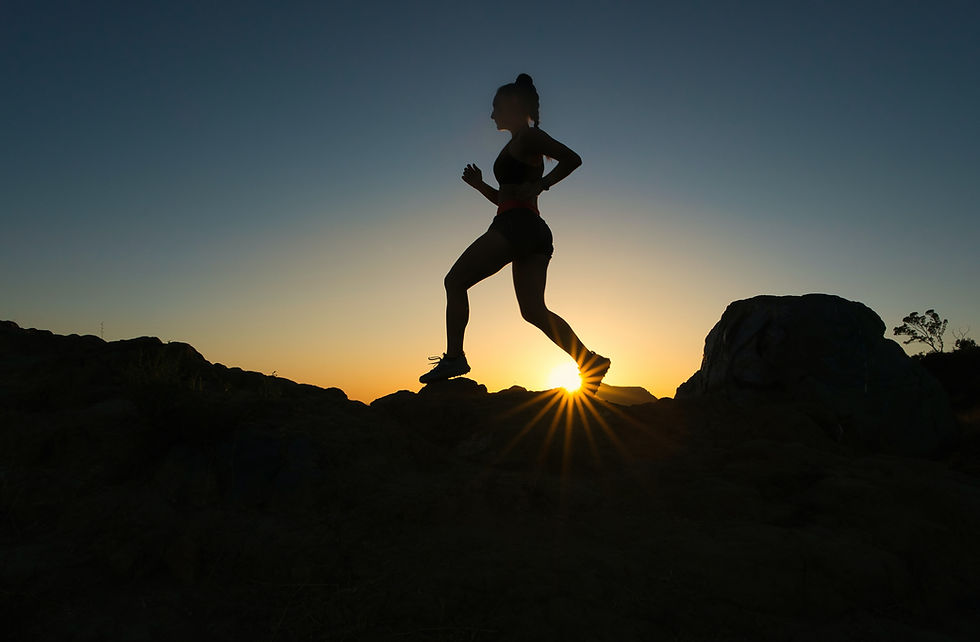
Climbing Mount Kilimanjaro is an extraordinary challenge, demanding physical and mental fortitude. Preparing for this adventure is crucial to enhance your chances of reaching the summit successfully and enjoying the journey. Kilimanjaro's towering presence introduces unique challenges. The combination of its high altitude and varied terrain requires climbers to be in good physical shape. The climb tests your endurance, strength, balance, and flexibility, making comprehensive training essential.
Assessing Fitness Requirements
Understanding the physical demands of Kilimanjaro is key to preparing effectively. Climbers face daily hikes lasting between two to ten hours, predominantly uphill over rocky and uneven paths. The journey includes long durations of walking with a daypack, navigating steep inclines, and varying conditions like scree and potential snow near the summit. Strong ankles and sure footing are essential to manage this terrain confidently. Preparing for these conditions means focusing not just on overall fitness but specifically on the ability to endure prolonged physical exertion in challenging environments.
Starting Your Mt. Kilimanjaro Training Program
Beginning your training program three to six months before your climb is vital. An early start allows for a gradual increase in the intensity and duration of your workouts, which is crucial for building the necessary stamina and strength. This period also provides:
Ample time to get accustomed to hiking with a backpack.
Breaking in your hiking boots.
Testing your gear in conditions that mimic Kilimanjaro as closely as possible.
Adequate preparation time significantly improves your likelihood of a successful summit and an enjoyable experience on the mountain.

Types of Training
Mt. Kilimanjaro training requires a multifaceted approach, incorporating strength, aerobic, cardiovascular exercises, and practical hiking experiences. Each type plays a crucial role:
Strength training builds muscle endurance.
Aerobic exercises improve oxygen efficiency.
Cardiovascular training enhances heart and lung function.
Hiking prepares you for the actual conditions of the mountain.
Strength Training
Effective strength training for Kilimanjaro focuses on leg and core muscles. Exercises like lunges, squats, and wall sitting are ideal as they require no equipment and target multiple muscle groups simultaneously. Full-body exercises are preferred over isolated muscle training to ensure balanced muscle development and prevent injuries.
Aerobic and Cardiovascular Training
Aerobic and cardiovascular exercises are designed to increase the heart rate and enhance the body's oxygen efficiency – a critical factor in high-altitude environments like Kilimanjaro. Recommended activities include stair running, high-knee running, and other high-intensity exercises. Consistency is vital, with training advised at least three times a week. Weekday sessions should last an hour, and weekend sessions should be longer, gradually increasing in duration as the climb approaches. Incorporating regular hiking into your routine provides the best simulation of the trek's cardiovascular demands.

Training Hikes
Training hikes are essential in simulating the conditions of Kilimanjaro. They should gradually increase in difficulty, including long durations, steep inclines, and varying terrains. For those unable to undertake regular hikes, alternatives like stair climbing or using a StairMaster can be effective, though less ideal than actual hiking.
Training Gear
Using the same gear during training as in the actual climb is crucial. This includes breaking in hiking boots to prevent blisters and testing clothing for comfort. Ensuring that gear suits the climb's conditions is vital to avoid discomfort and potential injuries.
Stretching and Flexibility
Stretching plays a critical role in preventing injuries. Effective stretching routines involve:
Warming up muscles before stretching.
Holding each stretch gently and gradually for 10 to 20 seconds.
Avoiding bouncing.
Regular stretching can also aid in stress management and enhance focus.

Maintaining Motivation
Staying motivated during training is vital. Strategies include:
Training with others.
Visualizing the goal of reaching the summit.
Keeping the commitment to the climb in mind.
Training as a team, especially with those you will climb with, can be highly beneficial.
Be sure to tailor your Mt. Kilimanjaro training program to your needs and physical conditions. Consulting with healthcare providers before starting any new training regimen is practical to ensure safety and effectiveness. Remember, the goal is not just to reach the summit but to enjoy the journey as well.
Comments